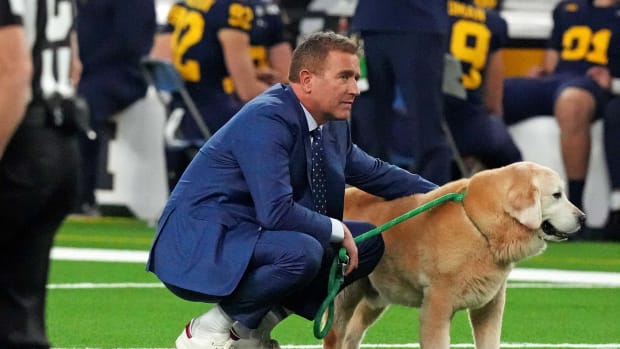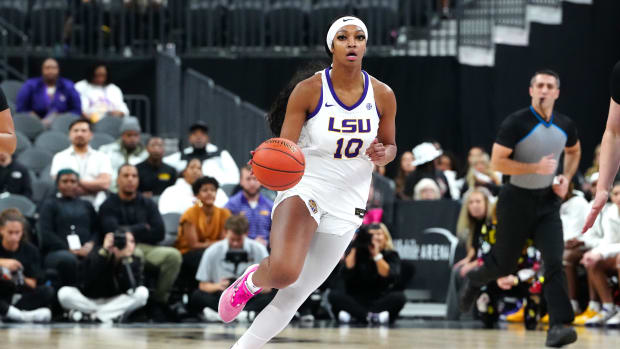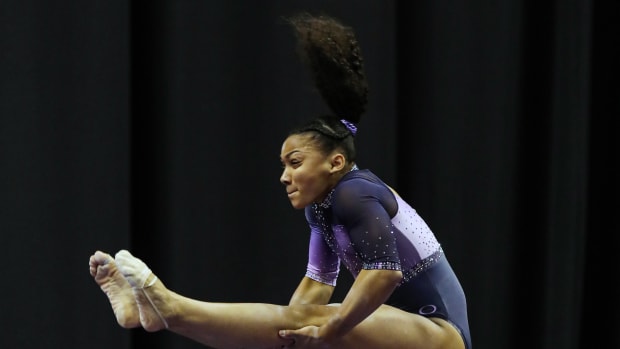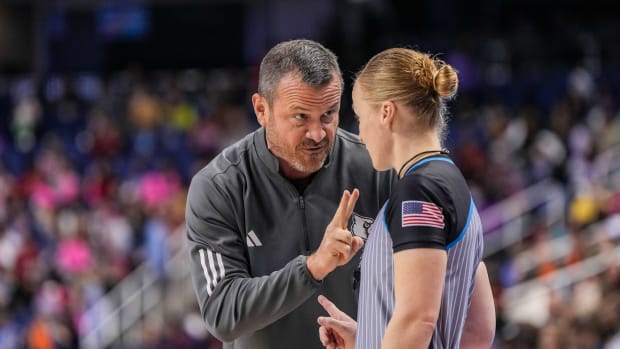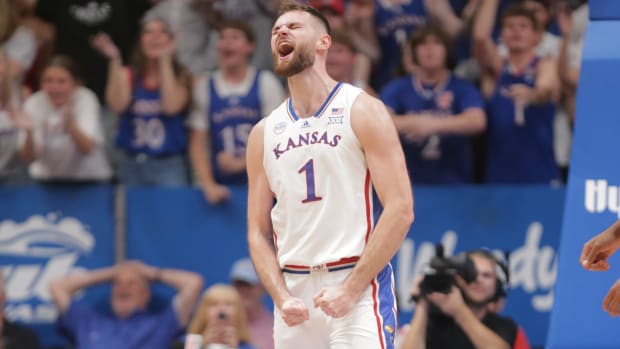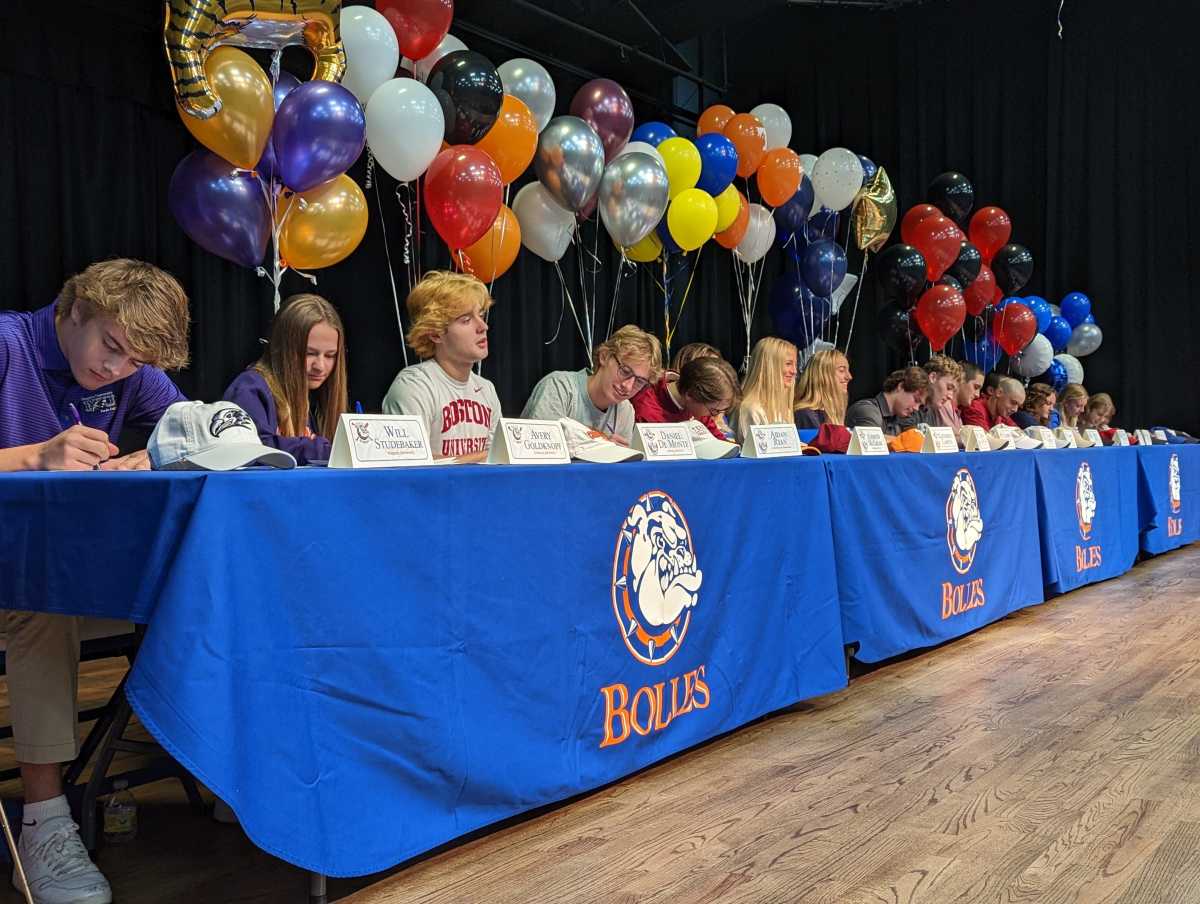
Student-Athletes Need an Updated Uniform Athlete Agents Act
It is November 2023: two years and four months after the NCAA removed its longstanding restriction on student-athletes’ ability to monetize their publicity rights. Or, as most call it, Name, Image and Likeness.
Today, a hodgepodge of state NIL legislation exists. While there has been federal effort, Congress has yet to enact nationwide legislation. This has led to significantly differing rules state-to-state, with tangible effects on schools’ NIL capabilities and, consequently, their ability to recruit top athletes.
While specific conferences have self-imposed rules that may harm their ability to compete on a level playing field - such as the Ivy League’s constraint on offering athletic scholarships - never before have we seen teams within the same conference face asymmetric rules that foster competitive imbalances based solely on geography.
Many in the college sports landscape advocate for federal legislation to standardize NIL regulations and promote fairness. Detractors of this position point to those lobbying for federal legislation: schools, conferences and the NCAA. In the bills already proposed to Congress, defacto antitrust exemptions would be given to the NCAA to maintain the system of "amateurism" that has allowed student-athletes to be deprived of many benefits their professional counterparts are granted.
With active litigation against the NCAA pushing for revenue sharing and employment status that could lead to unionization, a federal NIL bill would be the easiest way to preempt any future structural shifts to college sports facilitated by the judiciary.
While the totality of federal legislation is a contentious topic, many pressing issues impacting student-athletes still exist. One that can be swiftly solved is the lack of standardized regulation of NIL sports agents. While it has become cliché to dub NIL as the “Wild Wild West,” it is crucial to recognize the highly unregulated market of NIL transactions.
Student-athletes are young, have rapidly appreciating valuations, and often lack the experience and education necessary to handle legally dense contractual discussions. This is a perfect opportunity for predatory behavior from both brands and agents. Without competent and loyal representation, student-athletes face a high risk of exploitation.
Current state NIL legislation differs significantly in who can represent a student-athlete.
A minority of states with NIL legislation remain silent on who can represent a student-athlete in NIL-related affairs. Theoretically, this allows anyone to handle NIL representation in these jurisdictions. The nineteen states that do not have active NIL legislation, by default, do not have any regulations on who may represent a student-athlete in NIL transactions.
Other states require one or a combination of registration as an athlete agent in any state, their specific state, licensing as a financial planner, and/or good standing with the state bar. Of all the topics covered in NIL legislation, agent registration is by far the most dissimilar nationwide. The lack of symmetry in the requirements needed to represent student-athletes muddies the industry and imposes unnecessary complications for those in the space.
While lack of bi-partisan support on NIL reform and glaring antitrust exemption concerns plague the hopes for federal legislation in the short term, an alternative pathway is available to alleviate problems athletes face quickly.
Uniform legal codes are standardized sets of statutes recommended for adoption by states. Created by the Uniform Law Commission (ULC), these codes provide model legislation in areas of interstate commerce and highly specialized fields where experts are imperative in the legislative drafting process. While these codes hold no authority independently, many states codify ULC codes into law to promote consistency and avoid confusion and conflicts arising from different state laws.
The Uniform Athletes Agents Act (UAAA) is a ULC model code that regulates professional sports agents' solicitation of collegiate athletes for future professional representation. The intent of the UAAA is to protect student-athletes from unfair and deceptive practices. Solicitation for professional representation is akin to NIL representation: a complex and lucrative industry. The UAAA provides uniform guidance on acceptable behavior in a space heavily predisposed to predatory behavior.
Of the fifty states and D.C., thirty-nine states have adopted a version – either the 2000 or 2019 drafting – of the UAAA, and two states currently have introduced bills to adopt the 2019 version of the model code.*
Before NIL, student-athletes had no reason to have an agent as they could neither monetize their publicity rights nor athletic abilities. There is no mention of a NIL agent in the 2019 draft of the UAAA, as this was something that did not exist. It is imperative to update this widely accepted model code to implement sensible restrictions and regulations on NIL sports agents and protect student-athletes. Extending the reach of the UAAA to NIL agents fit squarely within the intent of the model code’s purpose: to protect student-athletes from unethical business practices at the hands of sports agents.
An update of the UAAA for the NIL era can alleviate many issues student-athletes face. While professional sports leagues regulate their agent requirements via their unions, student-athletes are impeded from levying this protection method, as they are not deemed employees and, therefore, can not unionize.
1) Create uniform standards and testing for those who want to become a certified NIL agent:
Without laws and agencies to regulate who can become a NIL sports agent, the floodgates are open for those who have not been adequately vetted to enter the market. Athlete agent certification is required by all professional players associations. Not applying the same screening process to NIL agents increases the likelihood that people with ill-gotten motives or those lacking the expertise to navigate complex contracts competently will mishandle NIL opportunities to the detriment of the student-athletes they represent.
2) Implement standards and regulations for dispute resolution between agents and athletes:
The UAAA has created dispute resolution systems for athletes and agents that prioritize efficiency, confidentiality, uniformity, and an explicit channel for athletes to hash out grievances formally. Athletes who have grievances have mandatory procedures of mediation and arbitration to rectify any wrongdoing.
Allowing student-athletes with NIL agents the exact mechanisms used for the current UAAA protections of professional representation solicitation will allow for accountability in the NIL agency field.
3) Regulate the fees that NIL agents can charge for collective contracts:
Collective Bargaining Agreements in professional sports regulate the commission rates of sports agents for player salaries. Players associations vary in what percentage they cap agent commission, but generally, the rates fall between 3-5%. NIL agent fees range widely based on the services provided and the type of NIL activation executed, typically between 10-20%.
The UAAA should impose a cap similar to professional CBAs on collective payments. While technically, NIL contracts are endorsement deals that traditionally do not fall under a commission cap, collective deals function as a “pay-roll” for student-athletes. This is no secret. Coaches nationwide have been incredibly transparent about what collective payments are –– a salary. For this reason, an agent should not be able to levy a fee on a proxy salary that is three to seven times higher than the analogous rate for a professional contract.
Much needs to be done to “fix” college sports. Updating the UAAA is one sensible, athlete-minded solution to kick-start the slow walk to creating an equitable system of college athletics.
*States who have not adopted the UAAA: Alaska, Arizona, California, Maine, Massachusetts, Michigan, Montana, New Jersey, Ohio, and Vermont
